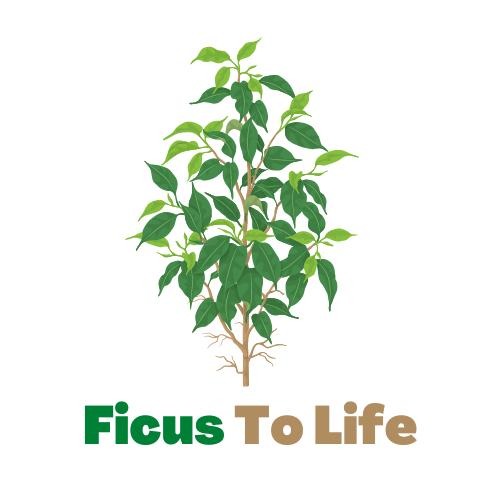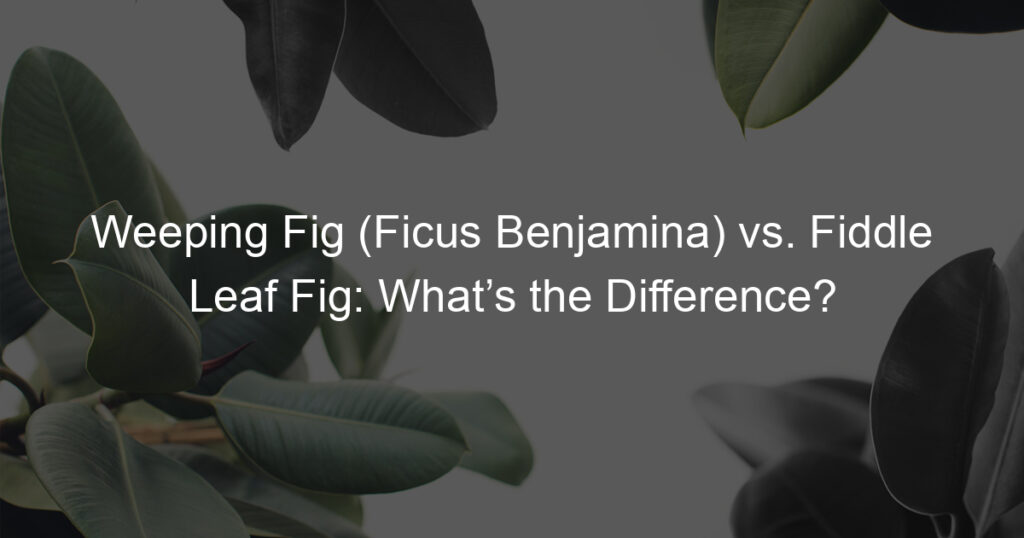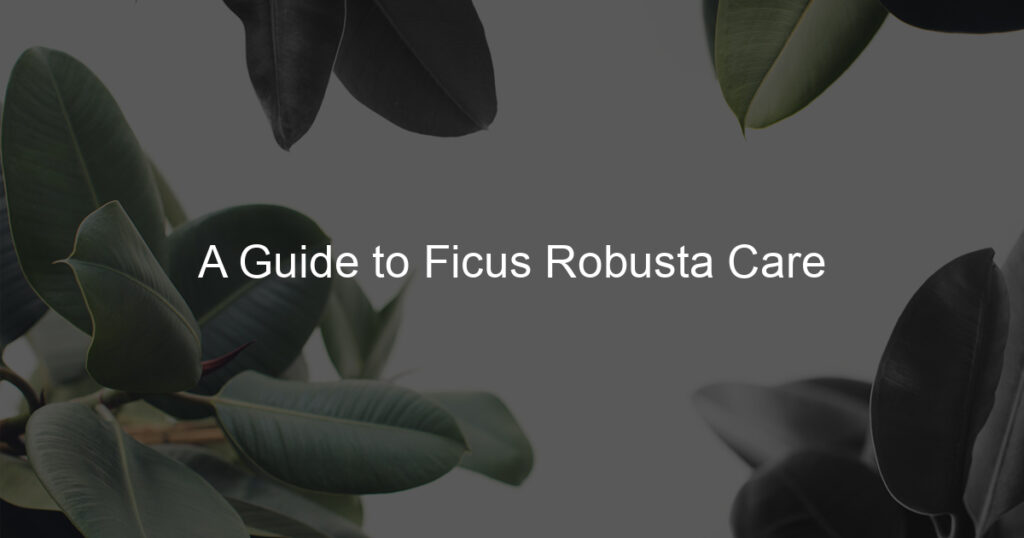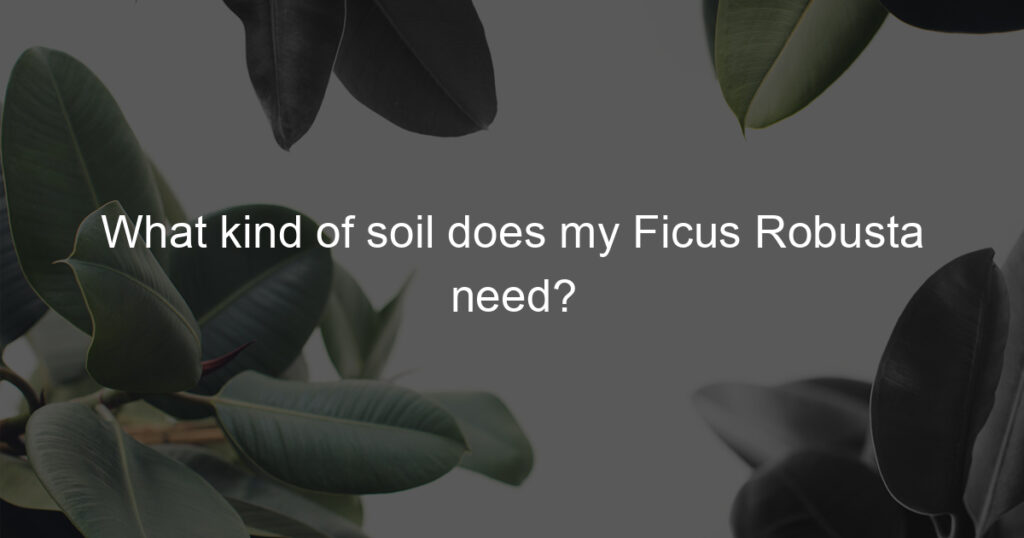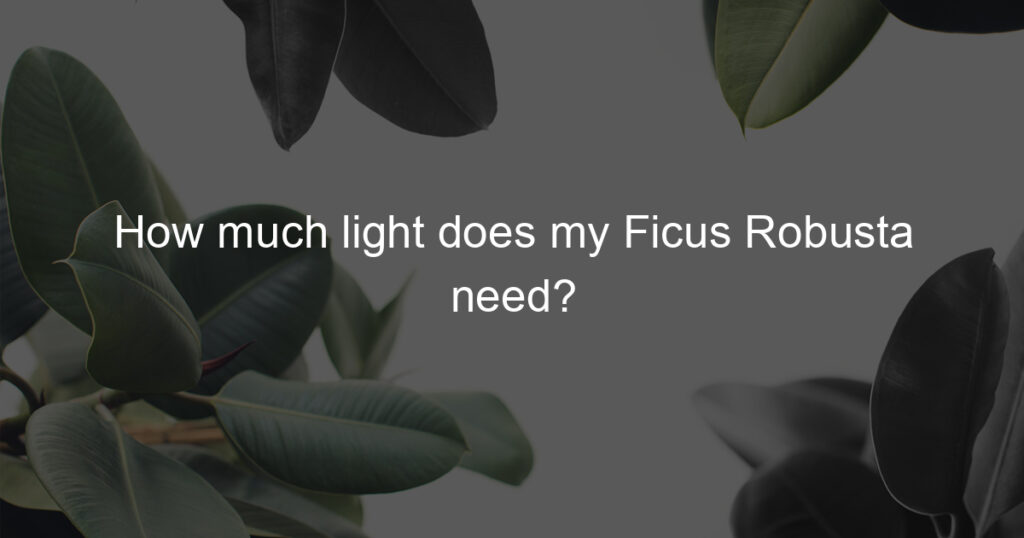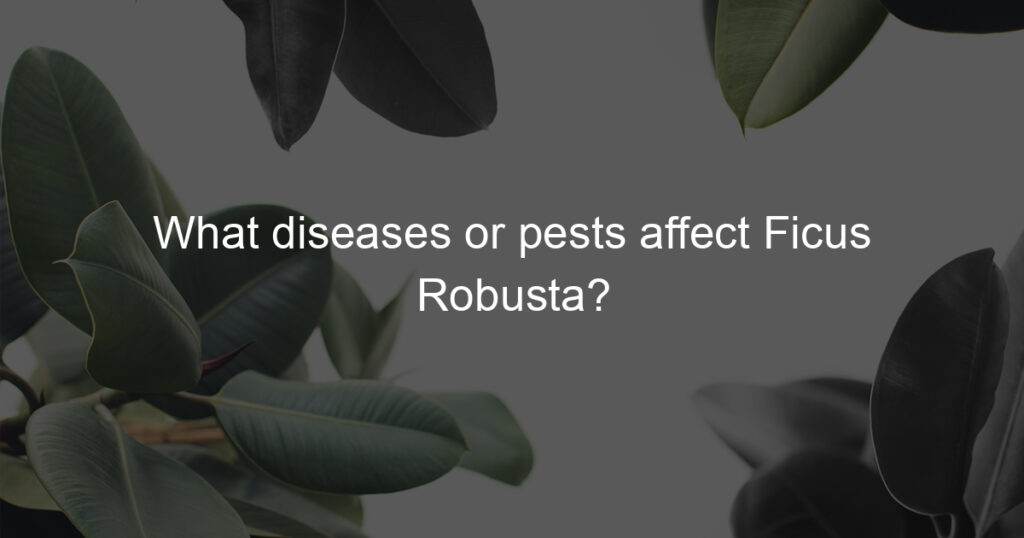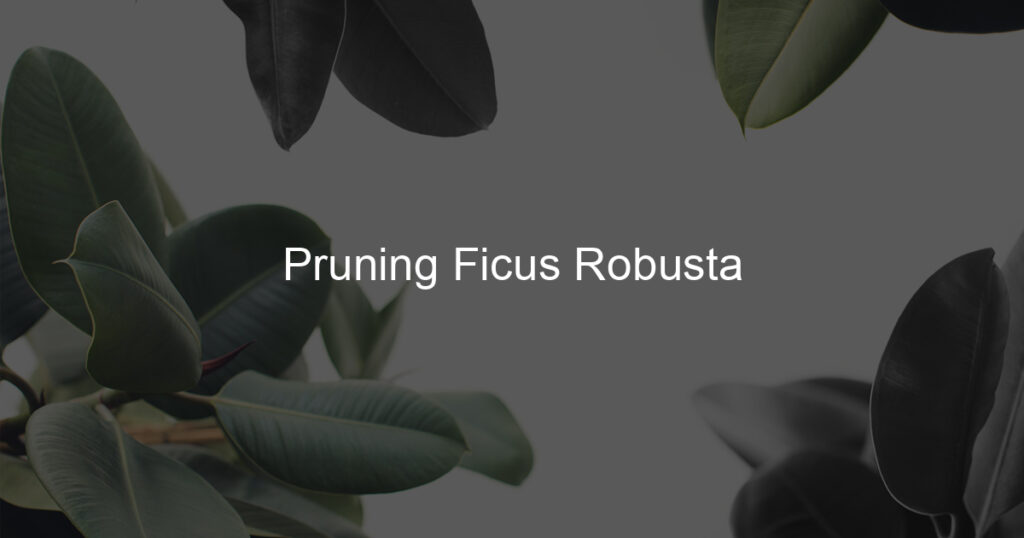Are you trying to choose between the majestic Weeping Fig and the trendy Fiddle Leaf Fig? It can be hard to decide, but luckily we’re here to help! At first glance, the two ficus trees look quite similar— both popular indoor plants with glossy oval leaves. But their differences extend beyond that. In this blog post, we’ll compare and contrast these two species side-by-side so you can select the best option for your home or garden.
From how they grow and care requirements right down to their distinctive aesthetic appeal – let’s take a comprehensive look at why each tree stands out on its own merits!
What is the difference between a fig tree and a fiddle leaf fig?
Fig trees and fiddle leaf figs are two different plants that often get confused with each other. Both have a similar appearance, but a closer examination reveals distinct differences between these species. A fig tree has an umbrella-shaped canopy with long, slender leaves that grow in multiple groups along the branches; in contrast, a fiddle-leaf fig has thick, broad leaves that grow in pairs at the end of each branch.
While the fig tree’s fruit appears to bloom directly on its branches, fiddle-leaf figs produce edible fruit within their large blooms on the ends of their limbs. Additionally, while both types of trees can be grown indoors, the fiddle leaf fig tends to be better suited for this purpose because it requires less sun exposure than the fig tree.
Thus, while they may appear similar at first glance, a more thorough look reveals several crucial distinctions between a fig tree and a fiddle leaf fig.
Are there 2 types of fiddle leaf figs?
It is a common misconception that all fiddle leaf figs are the same, as some may think there are only two types. In truth, there are actually dozens of varieties of fiddle leaf figs with distinctly different leaf shapes and sizes. Not only this, but these trees also grow at different rates, with some growing more quickly than others.
On top of that, the amount of sunlight needed for certain varieties varies between species. To make sure you pick the right one for your home, it’s important to do your research and familiarize yourself with the many types available. No matter which type you choose, however, a flourishing fiddle leaf fig is sure to bring life and beauty to any space!
Is a weeping fig the same as a ficus?
Many people confuse the weeping fig tree with a regular ficus, but although they have similar features, there are many differences. The weeping fig tree, also known as Brisbane box Corymbia Maculata, is native to eastern and southeastern Australia and grows in coastal areas whereas a ficus (Ficus benjamina) is from India and Southeast Asia.
They both have glossy leaves that range from light to dark green in color, however, the shapes of their leaves are different. Weeping fig leaves are longer and more lance-shaped than the broad-ovate-shaped leaves of a typical ficus. Weeping figs tend to produce flowers more often than ficus trees and need more attention when it comes to soil management since they prefer well-draining soils with plenty of organic matter.
With its wide spreading canopy, the weeping fig tree is an ideal choice for adding shade to your landscape or garden; however, if you’re looking for something less sensitive and thrives on neglect, a regular ficus will be your best bet.
What is another name for weeping fig?
The Ficus Benjamina, more commonly known as the weeping fig, is a popular houseplant with distinctive drooping fronds that bring a feeling of relaxation and calm to any space. It has several other names depending on where you reside.
In India it is called the best friend plant, while China knows it as the peepal tree, or Bodhi Tree because according to Buddhist mythology, the Buddha attained enlightenment when seated under one. In Dutch it’s called tortenboom or ‘tortoise bonsai’, and in French, it has been given the title arbre de gouttes – “tree of drops”.
Whatever name you choose for this interesting species, its eye-catching beauty will lend an elegant touch to any home or office environment.
How do I identify my Ficus benjamina?
Identifying a Ficus benjamina can be a challenge since there are dozens of varieties. However, there are several key traits to look for in order to determine if you have a true Ficus benjamina. These trees typically have leathery dark green leaves with decorative veins and a cream-colored central splotch – these shapes and colors vary from variety to variety, however.
Additionally, when you lightly touch the leaves, they will have slight fuzzy coatings. When it comes to stems and branches, expect the woody trunks of this tree to be grayish brown in color with thick branches extending outward from the center. The bark should also be rough to the touch with visible patterns along its surface. If you find leaves that fit these descriptions then congratulations! You likely have found a Ficus benjamina.
It’s A Wrap
The Weeping Fig and the Fiddle Leaf Fig are both great plants to have in any household, giving indoor spaces some added green decor. With their unique shapes and sizes, these two different species of ficus trees can brighten up any room and remain healthy with just a little extra love and attention. What’s important to know is how much sunlight each type needs, as well as how often it should be watered.
Though the Fiddle Leaf fig needs a lot of direct light, the Weeping Fig is more tolerant and will thrive even in lower-light conditions. Furthermore, while the Fiddle Leaf requires more frequent watering than the Weeping Fig, both kinds of trees require a consistent watering schedule in order to stay healthy.
For anyone looking for a low-maintenance and aesthetically pleasing addition to their home or office, either type of fig tree would make an awesome choice!
